Think small animals are all about cuteness and cuddles? Think again! Some of the tiniest creatures pack a punch with instincts that would make even the fiercest predators stop and stare. From deceptive appearances to surprising skills, these small wonders prove that you don’t need to be big to be tough. If you’re ready to uncover the secrets behind these fascinating pint-sized powerhouses, read on. You’ll never look at these little critters the same way again.
1. The Pistol Shrimp’s Sonic Boom
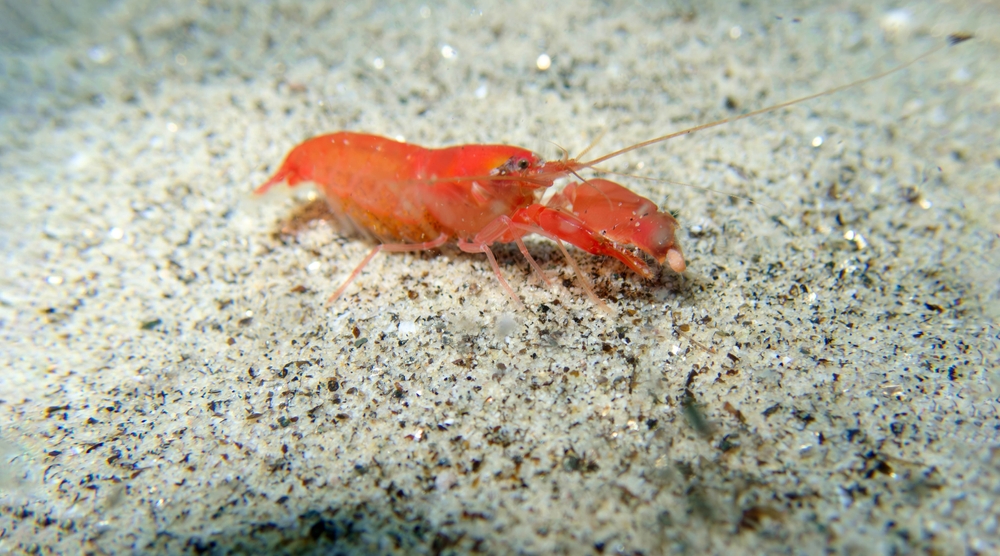
You might think a shrimp could only pose a threat to a cocktail sauce, but the pistol shrimp brings more to the table. This tiny marvel, measuring just a few centimeters, is armed with a claw that snaps shut so quickly it creates a blistering bubble. This bubble collapses with a shockwave strong enough to knock out prey and even create light—known as sonoluminescence. The pistol shrimp’s underwater antics showcase a killer instinct wrapped in a shrimp-sized package, making it a force to be reckoned with beneath the waves.
2. The Mantis Shrimp’s Punch of Fury
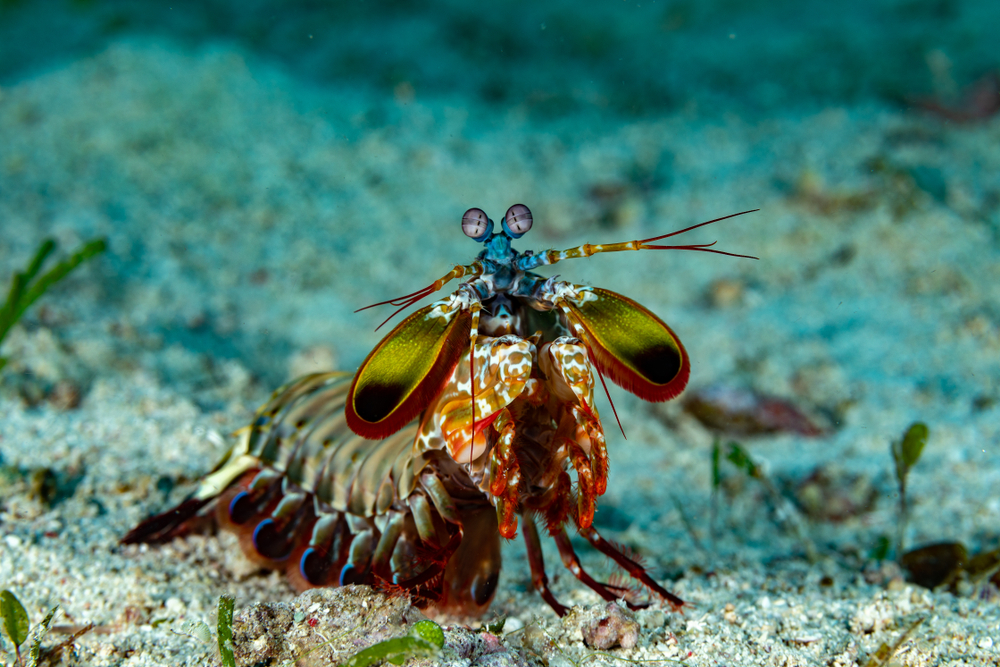
Meet the mantis shrimp, a small marine crustacean with big ambitions and an even bigger punch. Its club-like appendages accelerate as fast as a bullet, smashing through shells and even aquarium glass. With eyes that can see polarized light and a color spectrum beyond human capability, the mantis shrimp doesn’t just rely on brute force. It’s the ultimate tiny warrior, blending precision and power in every strike, proving that looking flashy isn’t just about the colors—it’s about the chaos it can unleash.
3. The Poison Dart Frog’s Toxic Touch
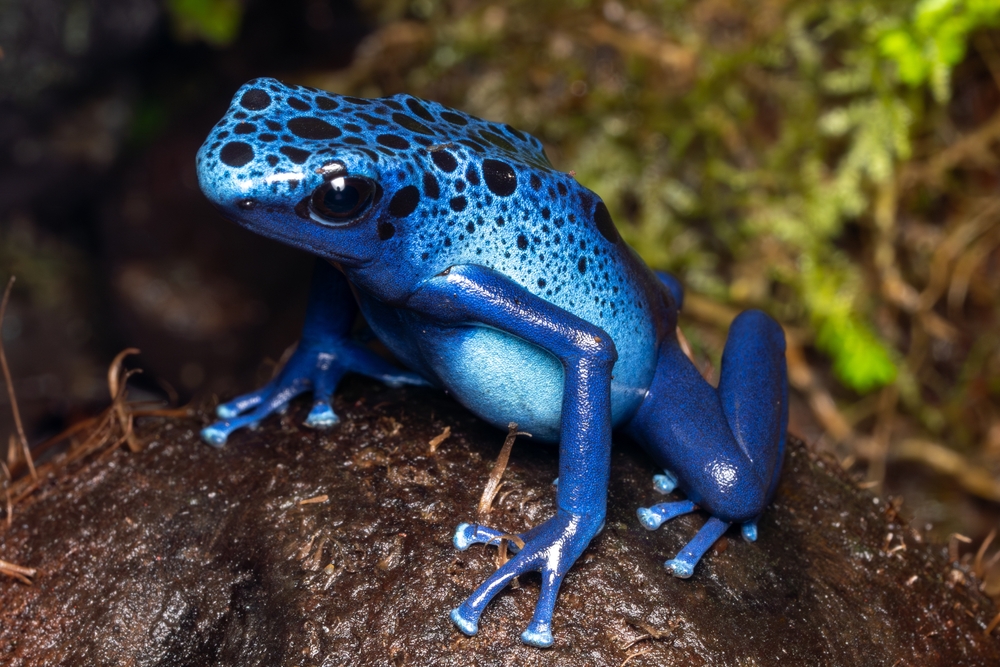
The poison dart frog might be a colorful spectacle, but this petite amphibian is all business. Native to Central and South America, the vibrant hues of these frogs serve as a warning: beware their deadly toxin. Indigenous people have long harnessed this potent chemical for hunting, tipping their darts with the frog’s poison. Despite their minuscule stature, these frogs are a testament to the idea that danger doesn’t need to roar—it can quietly hop into view, leaving a trail of awe and respect in its wake.
4. The Bullet Ant’s Intense Bite
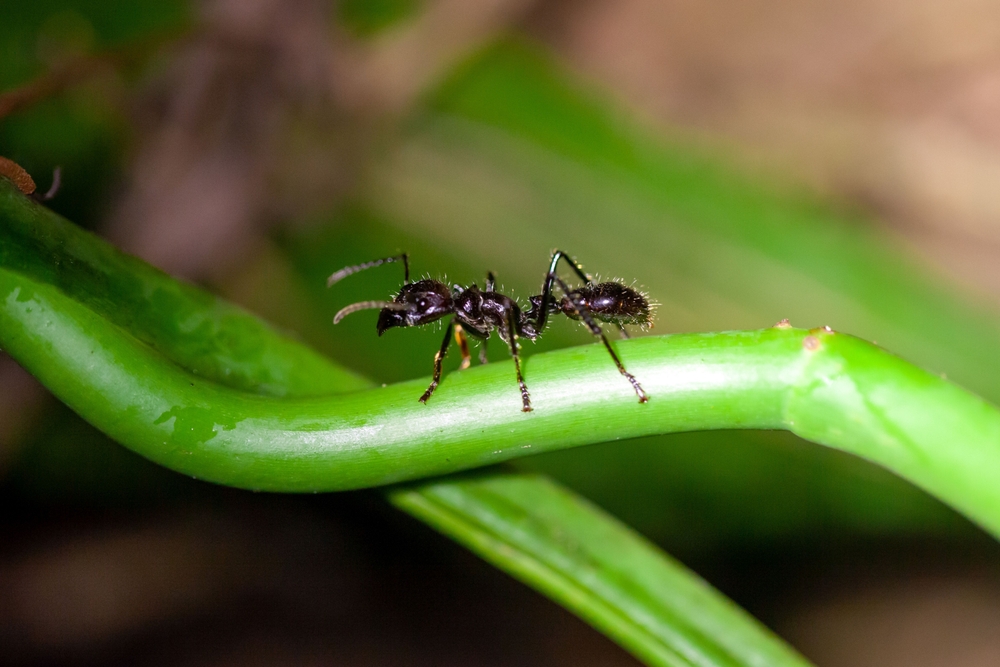
The bullet ant holds the dubious honor of delivering one of the most painful stings on the planet, and it does so with the precision of a neurosurgeon. Found in the rainforests of Central and South America, these ants might be small, but their sting feels like—you guessed it—a bullet wound. The pain is so intense it inspired the Satere-Mawe people of Brazil to use them in initiation rites. With such a fearsome reputation, the bullet ant proves that big pain can indeed come in small packages.
5. The Electric Eel’s Shocking Surprise
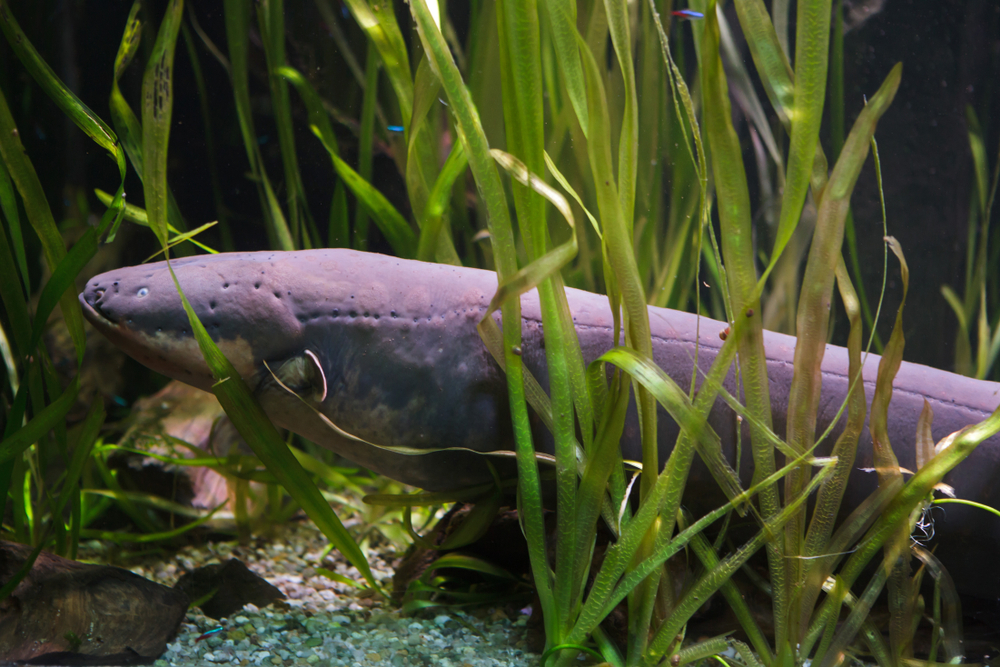
The electric eel isn’t technically an eel, but when you can generate up to 600 volts, who’s nitpicking? This slender South American dweller uses its electric charge to stun prey and deter predators. This petite powerhouse detects changes in its environment with its electric fields, proving that when it comes to survival, sometimes it’s better to shock and awe. For a creature that often goes unnoticed, the electric eel commands respect with its electrifying presence and jolting abilities.
6. The Assassin Bug’s Killer Camouflage
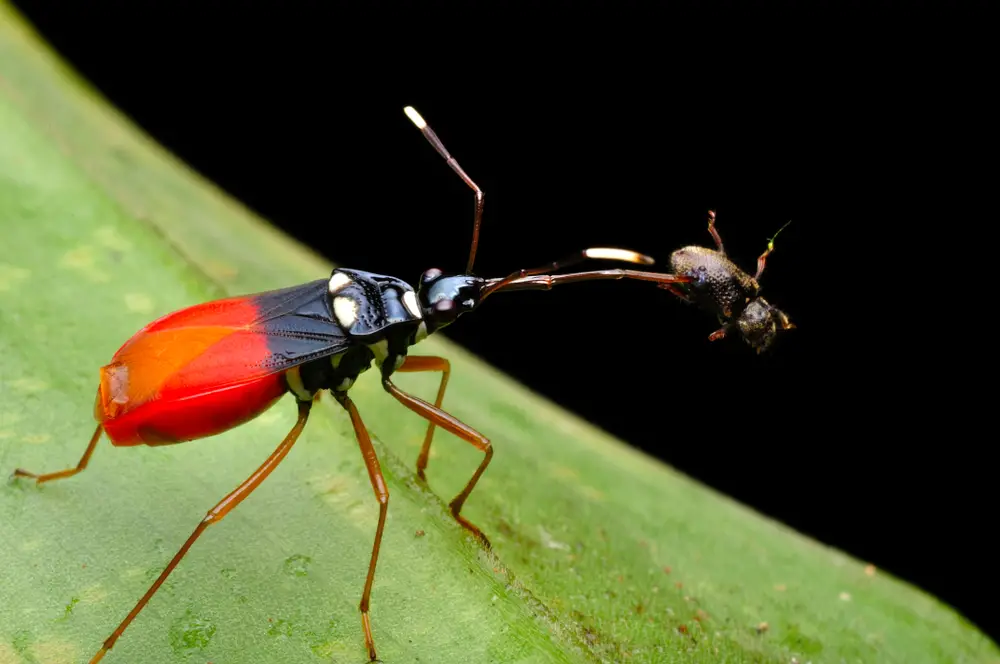
Assassin bugs might sound like something out of a video game, but these diminutive predators are very real. With a deceptive appearance that allows them to blend seamlessly into their surroundings, assassin bugs lie in wait for unsuspecting prey. They’re armed with a deadly proboscis to inject lethal enzymes that liquefy their victim’s insides. These bugs redefine cunning; they might not be the biggest critters in the garden, but their methodical approach to hunting makes them an unassuming yet lethal presence.
7. The Bumblebee Bat’s Stealthy Snatch
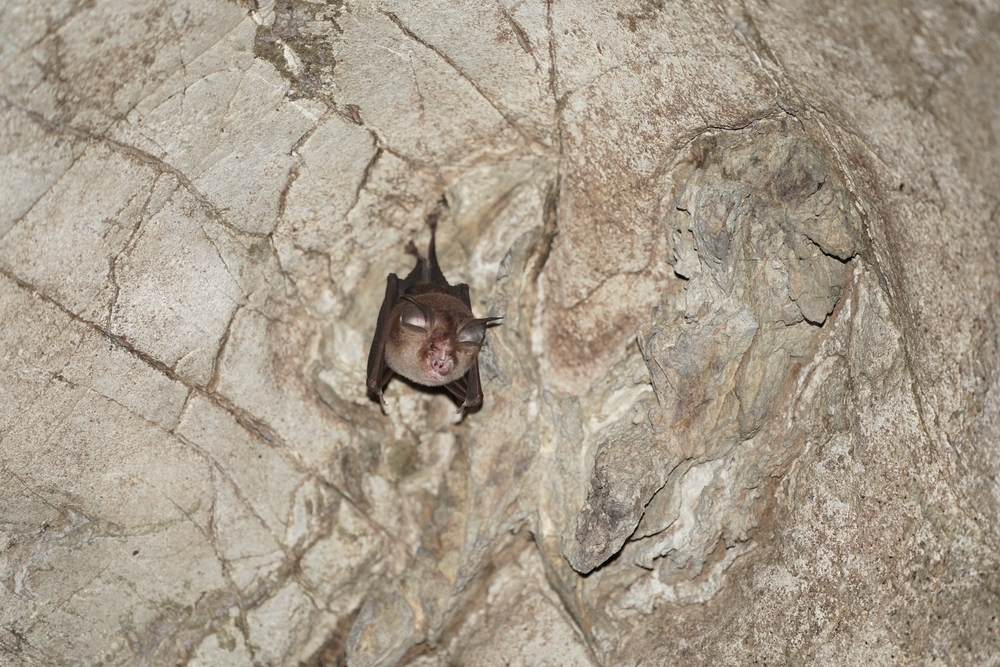
The bumblebee bat, or Kitti’s hog-nosed bat, is the world’s smallest mammal, weighing less than a penny. Despite its tiny size, this bat is a master of aerial acrobatics, using echolocation to hunt insects with unprecedented precision. Found in the limestone caves of Thailand and Myanmar, the bumblebee bat is a testament to stealth and efficiency in the animal kingdom. It navigates its nocturnal world with a skill that defies its size, proving that even the tiniest of creatures can wield a killer instinct.
8. The Tasmanian Devil’s Ferocious Appetite
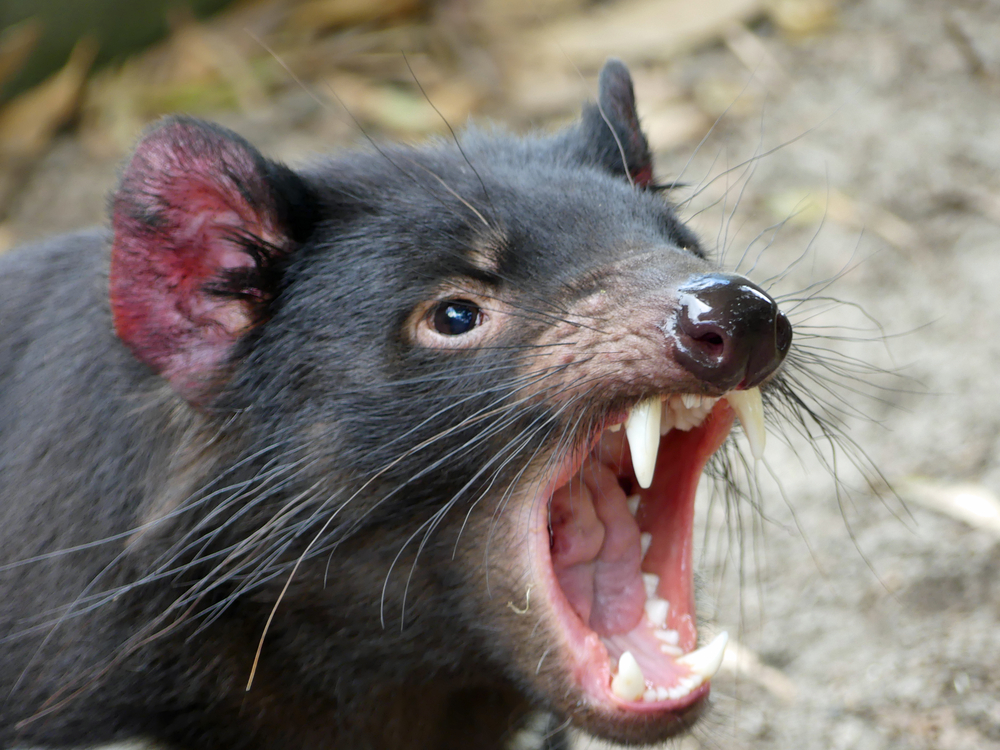
The Tasmanian devil may not be minuscule, but it’s certainly not the size you’d expect for such a voracious carnivore. Known for its bone-chilling screeches and fierce temperament, this marsupial possesses one of the strongest bites relative to body size. Found in Tasmania, these devils are efficient scavengers, with digestive systems able to break down nearly everything they consume. Their appetite for destruction keeps ecosystems in balance, earning them a rightful spot on our list of small animals with killer instincts.
9. The Cone Snail’s Dangerous Dart
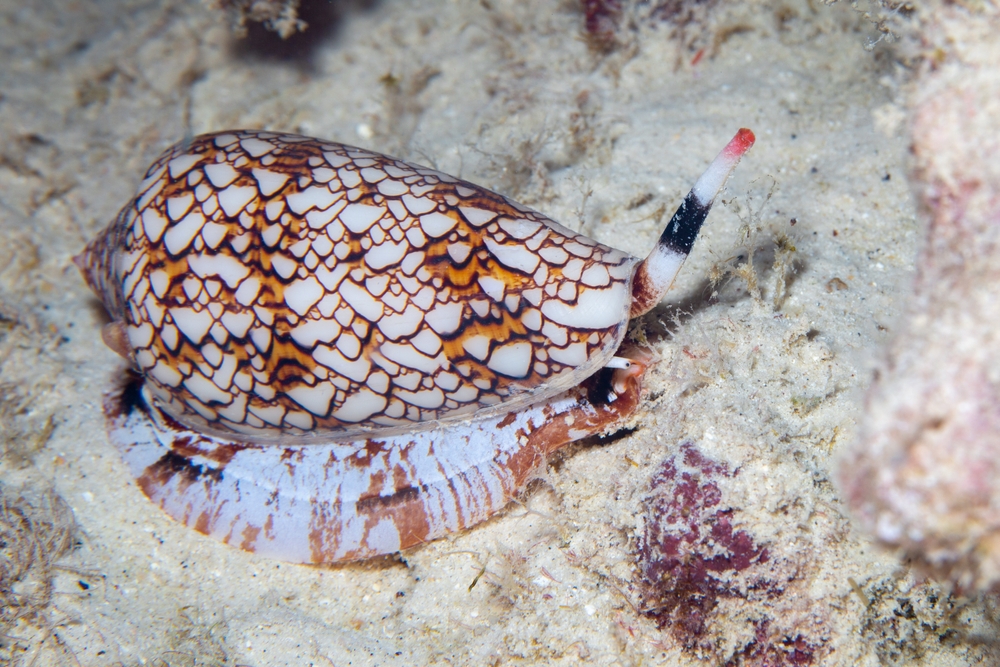
While snails don’t usually scream danger, the cone snail might make you think twice. These ocean dwellers come equipped with a harpoon-like tooth that delivers a potent cocktail of toxins. Each snail’s venom can target specific nerve receptors, making them pharmaceutical goldmines. Though beautiful to behold, their shells are a warning to would-be predators and beachcombers alike: don’t mess with this mollusk. With a sting that can be fatal to humans, the cone snail is a slow-moving reminder that beauty can be deadly.
10. The Archerfish’s Spot-On Aim
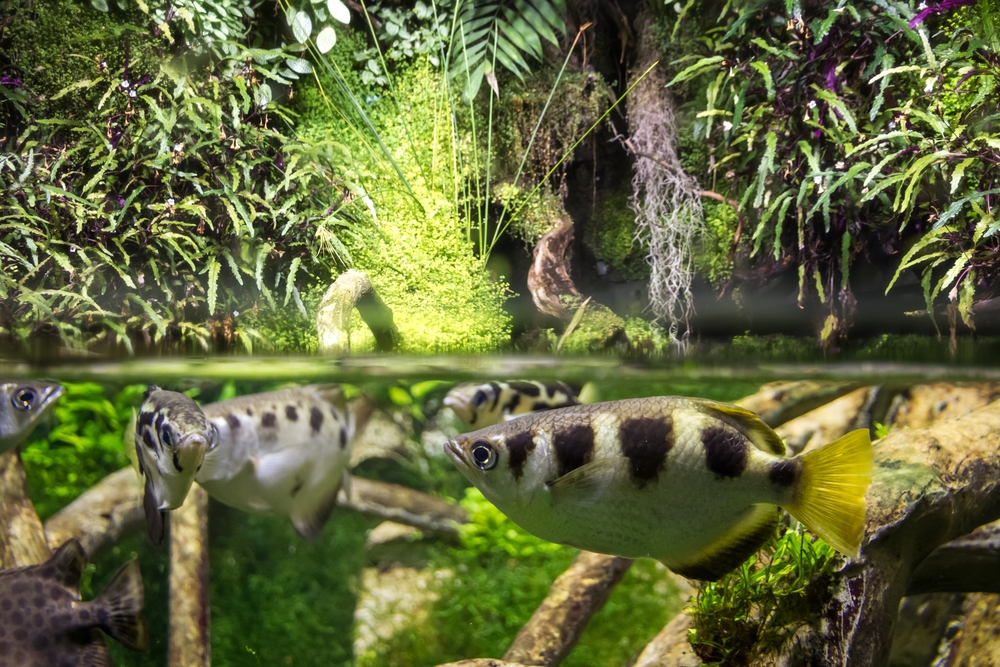
The archerfish takes the phrase “shooting fish in a barrel” to a whole new level. This aquatic sharpshooter can accurately spit jets of water to knock insects into the water from over a meter away. With a keen sense of physics, the archerfish compensates for refraction and gravity, making each shot count. In the mangroves and estuaries of Asia and Australia, it’s not size that matters, but precision. The archerfish’s unique hunting method is a testament to the creativity and adaptability of small predators.
11. The Antlion Larvae’s Sandy Trap
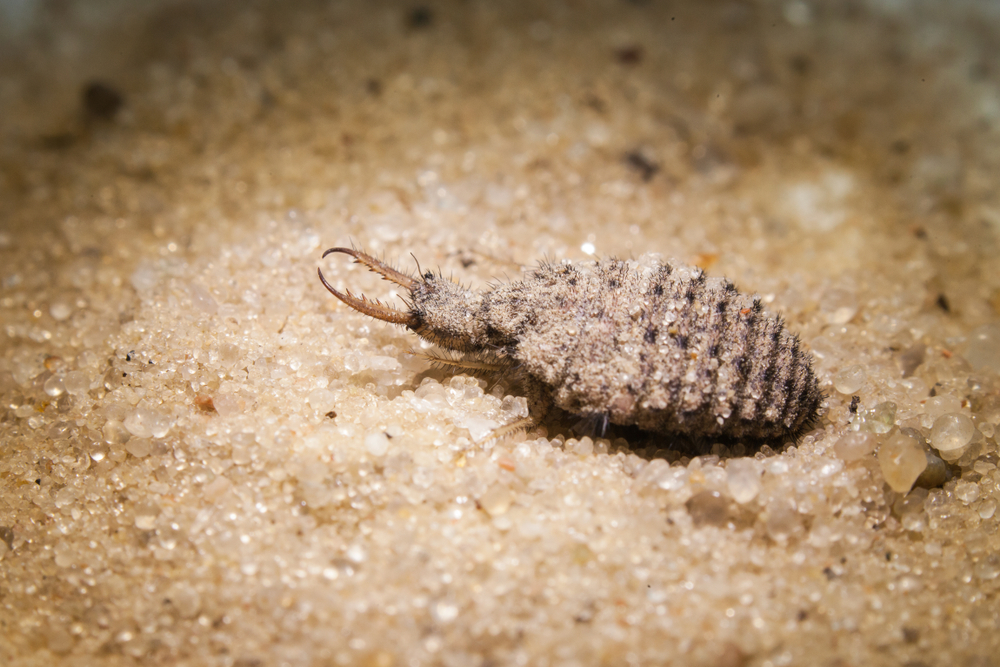
Antlion larvae might sound like something from a science fiction movie, but their hunting strategy is pure nature. Resembling tiny aliens, these larvae dig conical pits in the sand and wait at the bottom to ambush unsuspecting ants. With jaws ready to clamp down, their trap is as effective as it is simple. Found in dry, sandy environments worldwide, antlion larvae are a reminder that patience pays off. Their ingenious method of prey capture shows that sometimes, the best weapon is the one you build yourself.
12. The Velvet Worm’s Slime Attack
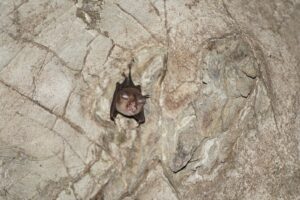
The velvet worm looks like something out of a prehistoric age, and its hunting method is just as ancient. These soft-bodied creatures, measuring mere centimeters, spray a sticky slime at prey to immobilize them. Once the target is subdued, the velvet worm leisurely devours its meal. Found in tropical rainforests, they might look harmless, but their adhesive weaponry is unmatched. As one of nature’s oldest hunters, the velvet worm demonstrates that age-old tactics can still be effective, deadly, and surprisingly innovative.
13. The Eastern Indigo Snake’s Gentle Approach
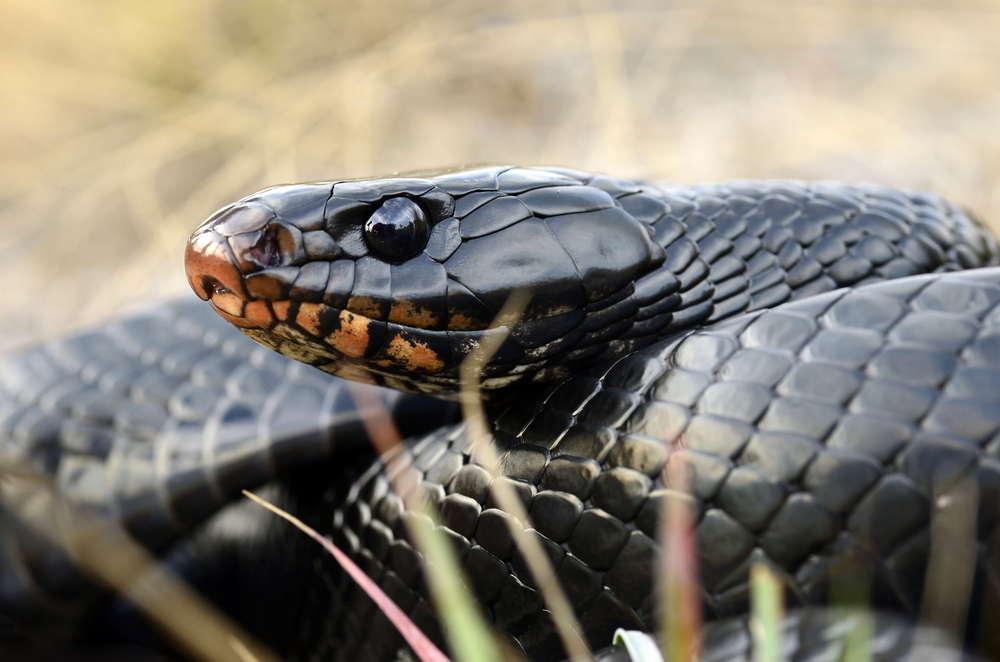
The Eastern indigo snake is a predator with a touch of elegance. While not venomous, it doesn’t need to be—this snake is a constrictor, subduing prey with sheer strength. Found in the southeastern United States, it preys on a range of animals, including other snakes. Its calm demeanor belies its deadly skill set, making it a formidable component of its ecosystem. The Eastern indigo snake is a perfect example of how killer instincts don’t always involve venom but rather a strategic application of nature’s gifts.
